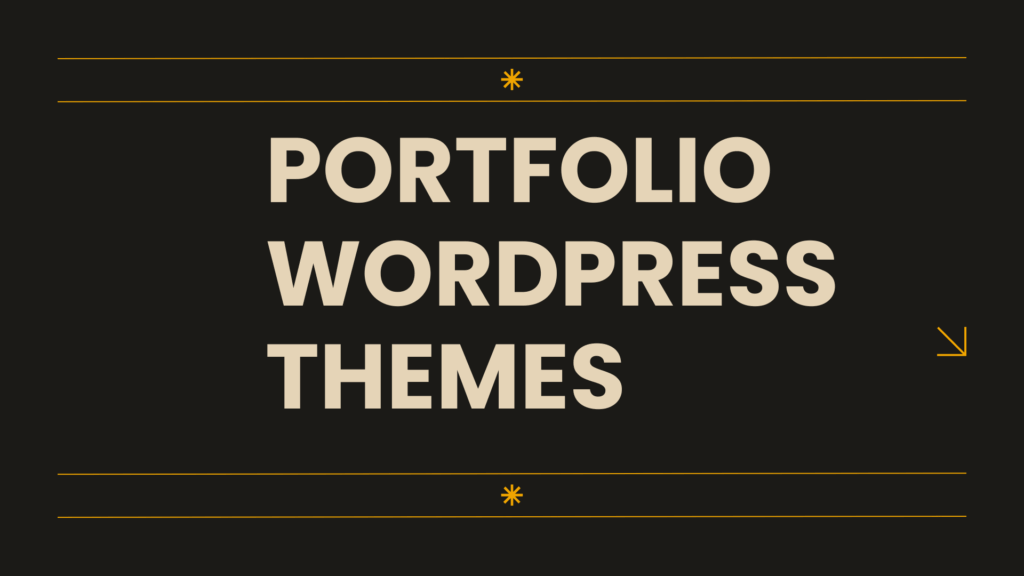In today’s digital-first world, having an online portfolio is more important than ever. Whether you’re a freelancer, designer, artist, or creative agency, your portfolio businesses with technology solutions is often the first impression you make. It showcases your style, communicates your capabilities, and tells your story visually. Choosing the right template is important because it frames your work in the best possible light. Design-focused portfolio templates are built specifically for this purpose—to help you display your projects beautifully and professionally.
Let’s explore why design matters, what to look for in a portfolio template, and which types of templates can help elevate your brand or business to the next level.
Why a Great Portfolio Template Matters
A well-designed portfolio isn’t just a collection of your work—it’s a reflection of your personality and professionalism. The way your content is arranged, the use of space, typography, colors, and interactive elements all play a role in how visitors perceive your work. A great portfolio template:
- Enhances the visibility of your best projects
- Creates an immersive viewing experience
- Keeps the focus on your content
- Encourages visitors to explore more
- Builds credibility with potential clients or employers
Whether you’re presenting design mockups, photography, architectural work, illustrations, or branding case studies, the right template can make a significant impact.
Key Features to Look for in a Portfolio Template
When searching for a Portfolio WordPress Themes, it’s easy to get overwhelmed with choices. However, a few essential features make a big difference:
1. Minimal and Clean Design
Clutter distracts from your work. A clean, minimal layout ensures that your portfolio stands out without unnecessary design noise. Look for templates that emphasize white space and content hierarchy.
2. Responsive Layout
Your visitors might browse your site from a desktop, tablet, or smartphone. A responsive template automatically adjusts to different screen sizes, ensuring your portfolio always looks polished.
3. Visual-First Approach
Templates designed with visuals in mind often include grid layouts, image sliders, or masonry galleries. These elements let you highlight multiple pieces of work at once without overwhelming the viewer.
4. Easy Customization
Templates should be easy to tailor to your brand. You should be able to change colors, fonts, layout structures, and images without touching too much code. Drag-and-drop builders or built-in customizer tools are highly useful.
5. Fast Loading Time
A beautiful template loses its value if it takes too long to load. Speed matters, especially when your audience expects quick access to your work. Select templates optimized for performance.
6. Project Page Templates
Beyond the homepage or gallery, individual project pages give you room to explain the thought process behind your work. Good templates include layouts for case studies or detailed project views.
Template Styles That Elevate Your Portfolio
Depending on the type of work you do, you may gravitate toward a specific style. Here are some popular design-focused template styles that creatives and professionals often use to present their portfolios:
1. Grid-Based Layouts
Grid-style templates arrange your work in neat rows and columns. They’re excellent for visual professionals such as photographers, illustrators, or UI/UX designers who want to display a wide range of projects at a glance.
2. One-Page Templates
A one-page template presents your entire story on a single scrollable page. It’s great for freelancers or small business owners who want to keep things concise while still showing depth in their work.
3. Dark Mode Themes
Dark-themed templates have grown in popularity for their bold and modern appearance. They’re especially suitable for digital artists and creatives working in tech, music, or fashion.
4. Case Study-Focused Templates
These templates go beyond just images. They provide structured sections for challenges, solutions, processes, and outcomes. If you’re in a business where the “why” behind a project matters—such as branding or consultancy—this template style can be particularly effective.
5. Interactive Templates
Animations, hover effects, and dynamic scrolling features bring your work to life. While these should be used sparingly, they can create an engaging and memorable experience when done well.
Examples of Who Can Benefit from Portfolio Templates
The use of portfolio templates is not limited to artists alone. Here are several professionals and business types that can benefit:
Freelancers
Writers, designers, marketers, and developers can build a personal brand and showcase client work effectively.
Creative Agencies
Small creative agencies or boutique studios can establish credibility and attract new business opportunities with polished portfolio sites.
Photographers and Videographers
High-resolution image galleries and embedded video features help professionals in visual media display their content in full glory.
Architects and Interior Designers
Clean layouts and structured project views help in presenting spatial and conceptual designs clearly.
Entrepreneurs and Small Businesses
If you’re launching a product or offering creative services, a portfolio-style website helps you demonstrate value and build trust.
Benefits of Using Portfolio WordPress Themes
Among the many website platforms available today, WordPress stands out for its flexibility and user-friendly features. Choosing one of the many Portfolio WordPress Free Themes gives you a strong starting point. These themes are purpose-built to:
- Emphasize visual storytelling
- Offer built-in layouts for projects and case studies
- Integrate easily with business tools like contact forms or email marketing plugins
- Allow non-coders to build beautiful, functional sites
- Adapt to various creative industries without looking generic
Moreover, WordPress gives you control over your site, something many creative professionals prefer compared to third-party portfolio platforms.
How to Choose the Right Template for You
Selecting the right template is a balance between style and function. Here’s how to approach the decision:
- Know your audience: Consider who will be visiting your site—clients, recruiters, partners—and what kind of impression you want to leave.
- Define your goals: Are you trying to get hired, sell products, or showcase passion projects? Different goals require different features.
- Start with a demo: Always preview how the template works. Does it fit your content? Is it easy to navigate?
- Keep scalability in mind: Choose a design that can grow with your business. If you add new services or work, your site should accommodate the updates.
Final Thoughts
Your portfolio is more than a website—it’s a powerful business asset that speaks on your behalf. Choosing a design-focused portfolio template allows your work to shine, communicate value, and connect with your audience. The structure, layout, and feel of your site all play a role in shaping first impressions.
By choosing from thoughtfully designed Portfolio WordPress Themes, you set yourself up for success. These themes don’t just offer aesthetic appeal; they deliver functionality, adaptability, and a strong professional presence. Whether you’re a creative freelancer, a small agency, or a solo entrepreneur, the right template helps you put your best work forward in the most effective way.






